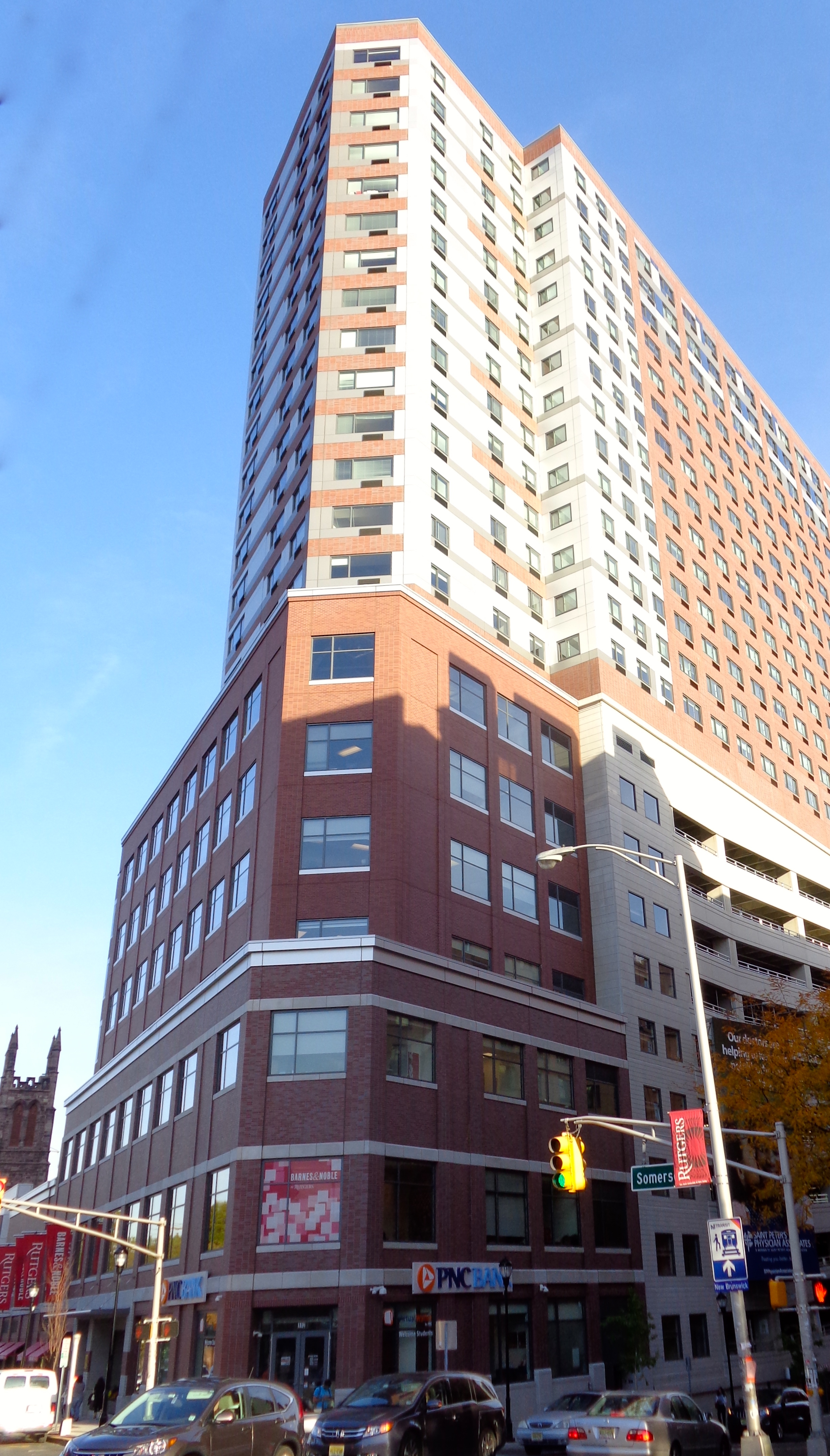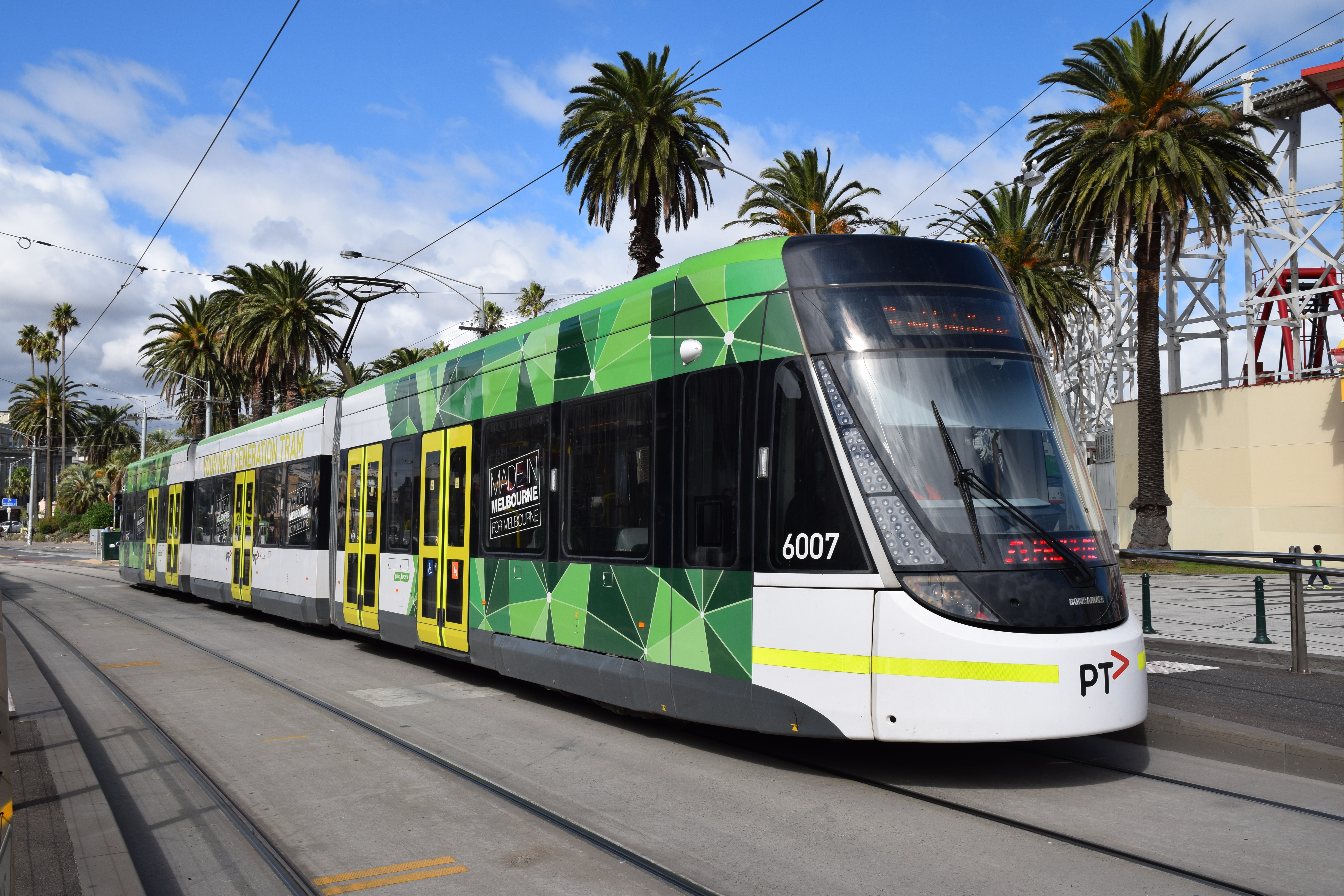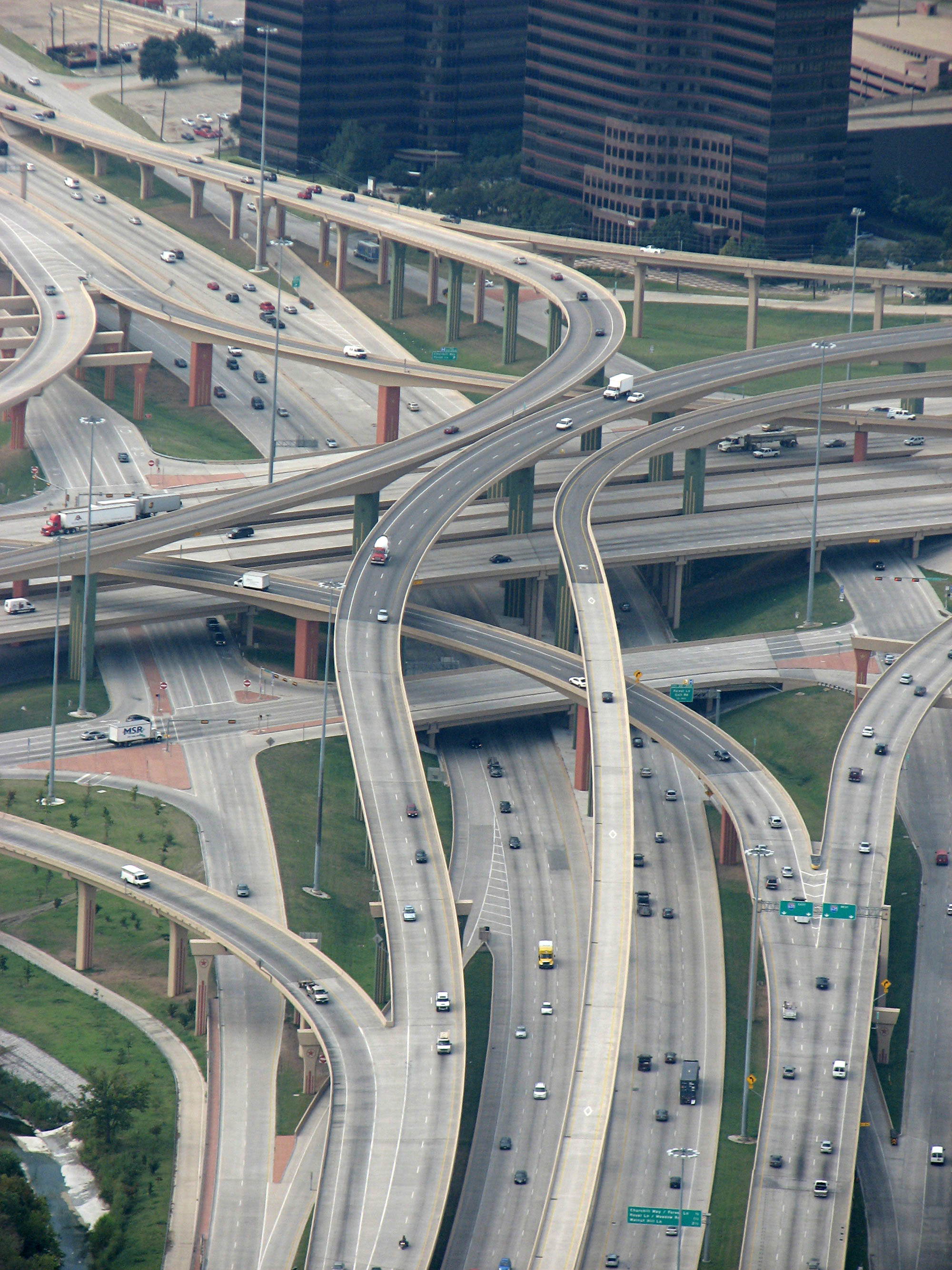|
Weingarten (Freiburg Im Breisgau)
Weingarten is a municipal district of Freiburg im Breisgau. In the north, it is separated by the river Dreisam from the district Betzenhausen, in the east beyond the rail tracks lies Haslach and in the south, separated by the Opfinger Road, the district Haslach-Haid. In the west, the new district Rieselfeld borders Weingarten. Weingarten was established by the ''Freiburger Stadtbau'' company between 1964-66. There are 11,263 inhabitants living in this district (2020). It is characterised by various residential tower blocks and the high percentage of foreigners compared to the rest of Freiburg, with 48.2% of inhabitants having a migration background. (Census: 31 December 2008). Public institutions Churches The Catholic Church of St. Andrew was built in 1968/69. The church community was founded in 1975. After a fire, the interior was renovated and re-designed between 1992/94. The Evangelical Christians belong to the Dietrich Bonhoeffer community. Additionally, there is a New Ap ... [...More Info...] [...Related Items...] OR: [Wikipedia] [Google] [Baidu] |
Freiburg Im Breisgau
Freiburg im Breisgau (; abbreviated as Freiburg i. Br. or Freiburg i. B.; Low Alemannic: ''Friburg im Brisgau''), commonly referred to as Freiburg, is an independent city in Baden-Württemberg, Germany. With a population of about 230,000 (as of 31 December 2018), Freiburg is the fourth-largest city in Baden-Württemberg after Stuttgart, Mannheim, and Karlsruhe. The population of the Freiburg metropolitan area was 656,753 in 2018. In the south-west of the country, it straddles the Dreisam river, at the foot of the Schlossberg. Historically, the city has acted as the hub of the Breisgau region on the western edge of the Black Forest in the Upper Rhine Plain. A famous old German university town, and archiepiscopal seat, Freiburg was incorporated in the early twelfth century and developed into a major commercial, intellectual, and ecclesiastical center of the upper Rhine region. The city is known for its medieval minster and Renaissance university, as well as for its high s ... [...More Info...] [...Related Items...] OR: [Wikipedia] [Google] [Baidu] |
Tower Blocks
A tower block, high-rise, apartment tower, residential tower, apartment block, block of flats, or office tower is a tall building, as opposed to a low-rise building and is defined differently in terms of height depending on the jurisdiction. It is used as a residential, office building, or other functions including hotel, retail, or with multiple purposes combined. Residential high-rise buildings are also known in some varieties of English, such as British English, as tower blocks and may be referred to as MDUs, standing for multi-dwelling units. A very tall high-rise building is referred to as a skyscraper. High-rise buildings became possible to construct with the invention of the elevator (lift) and with less expensive, more abundant building materials. The materials used for the structural system of high-rise buildings are reinforced concrete and steel. Most North American-style skyscrapers have a steel frame, while residential blocks are usually constructed of con ... [...More Info...] [...Related Items...] OR: [Wikipedia] [Google] [Baidu] |
Roman Catholic Church
The Catholic Church, also known as the Roman Catholic Church, is the largest Christian church, with 1.3 billion baptized Catholics worldwide . It is among the world's oldest and largest international institutions, and has played a prominent role in the history and development of Western civilization. O'Collins, p. v (preface). The church consists of 24 ''sui iuris'' churches, including the Latin Church and 23 Eastern Catholic Churches, which comprise almost 3,500 dioceses and eparchies located around the world. The pope, who is the bishop of Rome, is the chief pastor of the church. The bishopric of Rome, known as the Holy See, is the central governing authority of the church. The administrative body of the Holy See, the Roman Curia, has its principal offices in Vatican City, a small enclave of the Italian city of Rome, of which the pope is head of state. The core beliefs of Catholicism are found in the Nicene Creed. The Catholic Church teaches that it is t ... [...More Info...] [...Related Items...] OR: [Wikipedia] [Google] [Baidu] |
Evangelical
Evangelicalism (), also called evangelical Christianity or evangelical Protestantism, is a worldwide interdenominational movement within Protestant Christianity that affirms the centrality of being " born again", in which an individual experiences personal conversion; the authority of the Bible as God's revelation to humanity ( biblical inerrancy); and spreading the Christian message. The word ''evangelical'' comes from the Greek (''euangelion'') word for " good news". Its origins are usually traced to 1738, with various theological streams contributing to its foundation, including Pietism and Radical Pietism, Puritanism, Quakerism, Presbyterianism and Moravianism (in particular its bishop Nicolaus Zinzendorf and his community at Herrnhut).Brian Stiller, ''Evangelicals Around the World: A Global Handbook for the 21st Century'', Thomas Nelson, USA, 2015, pp. 28, 90. Preeminently, John Wesley and other early Methodists were at the root of sparking this new movement d ... [...More Info...] [...Related Items...] OR: [Wikipedia] [Google] [Baidu] |
New Apostolic Church
The New Apostolic Church (NAC) is a Christian church that split from the Catholic Apostolic Church during an 1863 schism in Hamburg, Germany. The church has existed since 1863 in Germany and since 1897 in the Netherlands. It came about from the schism in Hamburg in 1863, when it separated from the Catholic Apostolic Church, which itself started in the 1830s as a renewal movement in, among others, the Anglican Church and Church of Scotland. The Second Coming of Christ is at the forefront of the New Apostolic doctrines. Most of its doctrines are akin to mainstream Christianity and, especially its liturgy, to Protestantism, whereas its hierarchy and organisation could be compared with the Roman Catholic Church. The New Apostolic Church is neither Protestant nor Catholic. It is a central church in the Irvingian orientation of Christianity. The church considers itself to be the re-established continuation of the Early Church and that its leaders are the successors of ... [...More Info...] [...Related Items...] OR: [Wikipedia] [Google] [Baidu] |
Adolf Reichwein
Adolf Reichwein (3 October 1898 – 20 October 1944) was a German educator, economist, and cultural policymaker for the SPD, who resisted the policies of Nazi Germany. Biography Reichwein was born in Bad Ems. He took part in the First World War, in which he was seriously wounded in the lung. Reichwein studied at the universities of Frankfurt am Main und Marburg, under Hugo Sinzheimer and Franz Oppenheimer, among others. In the 1920s, he was active in education policy and adult education in Berlin and Thuringia. It was he who founded the ''Volkshochschule'' ("People's High School" - e.g., Community College) and the ''Arbeiterbildungsheim'' ("Workers' Training Home") in Jena and ran them until 1929. In his ''Hungermarsch nach Lappland'' ("Hunger March to Lappland") he described in diary form a punishing hike with some young jobless people in the far north. In 1929–1930, he worked as an adviser to the Prussian Culture Minister Carl Heinrich Becker. From 1930 until 1933, he was ... [...More Info...] [...Related Items...] OR: [Wikipedia] [Google] [Baidu] |
Tram
A tram (called a streetcar or trolley in North America) is a rail vehicle that travels on tramway tracks on public urban streets; some include segments on segregated right-of-way. The tramlines or networks operated as public transport are called tramways or simply trams/streetcars. Many recently built tramways use the contemporary term light rail. The vehicles are called streetcars or trolleys (not to be confused with trolleybus) in North America and trams or tramcars elsewhere. The first two terms are often used interchangeably in the United States, with ''trolley'' being the preferred term in the eastern US and ''streetcar'' in the western US. ''Streetcar'' or ''tramway'' are preferred in Canada. In parts of the United States, internally powered buses made to resemble a streetcar are often referred to as "trolleys". To avoid further confusion with trolley buses, the American Public Transportation Association (APTA) refers to them as " trolley-replica buses". In the ... [...More Info...] [...Related Items...] OR: [Wikipedia] [Google] [Baidu] |
Slip Road
In the field of road transport, an interchange (American English) or a grade-separated junction (British English) is a road junction that uses grade separations to allow for the movement of traffic between two or more roadways or highways, using a system of interconnecting roadways to permit traffic on at least one of the routes to pass through the junction without interruption from crossing traffic streams. It differs from a standard intersection, where roads cross at grade. Interchanges are almost always used when at least one road is a controlled-access highway (freeway or motorway) or a limited-access divided highway (expressway), though they are sometimes used at junctions between surface streets. Terminology ''Note:'' The descriptions of interchanges apply to countries where vehicles drive on the right side of the road. For left-side driving, the layout of junctions is mirrored. Both North American (NA) and British (UK) terminology is included. ; Freeway junction, ... [...More Info...] [...Related Items...] OR: [Wikipedia] [Google] [Baidu] |

_4029.jpg)

.jpg)
.jpg)



